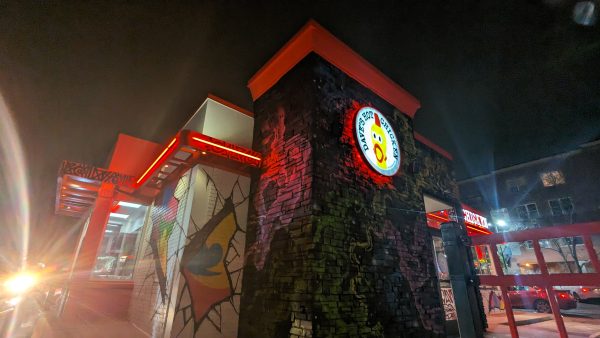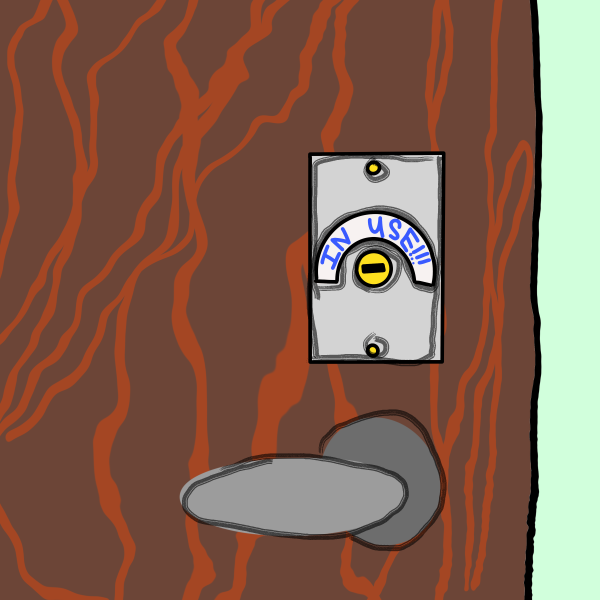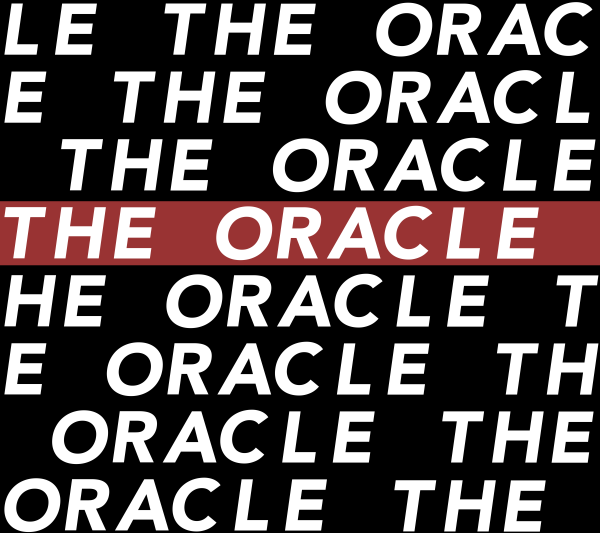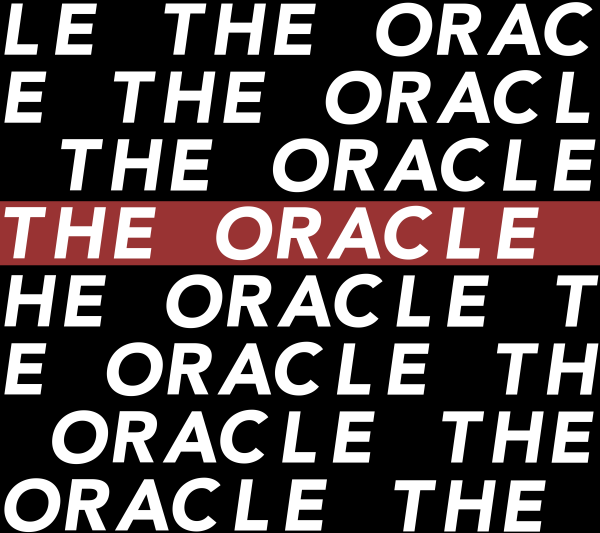Discourse in a retrospective lense
February 28, 2023
Hamline students, faculty and staff came together on Feb. 15 to envision a better Hamline with a community conversation.
The community conversation was held in the Klas Ballroom from 4-6 p.m., although people could leave at 5:30 p.m. if they wanted to eat their dinner away from the group due to COVID-19. There were about 12 tables with about eight people per table. Each table had a mixture of university members: faculty, staff and students.
The event started off with an acknowledgement of recent events and introductions where everyone at a table had to go around and introduce themselves. These icebreakers included name, pronouns, position at Hamline, favorite Hamline memory and why people chose Hamline.
While I typically don’t enjoy ice breakers, I did enjoy the positive start to the event. Obviously Hamline has its issues and problems, but it is nice to remember why we are all here because that can help us all envision a future.
After the introductions, each table got a look at the first two discussion questions. The first question was: “How can students and the faculty work together to foster a positive and collaborative learning environment? What does this look like in practice?”
The second question was: “How can Hamline University as an institution address implicit biases that may impact (students-to-student, student-to-faculty, faculty-to-faculty, staff-to-staff, etc) relationships on campus? What does creating a safe space in the classroom actually look/feel/sound like?”
These first two questions focused on how Hamline is lacking in creating meaningful connections between students and staff. While not completely focusing on these negatives, the questions were also aiming for each table to come up with meaningful solutions.
Even before the incident during the fall semester, there was obviously a disconnect between some students and faculty. There are always good professors and classes, but what happened in that classroom should not happen again. This community conversation is one of the first steps to creating a better Hamline.
After the tables had time to talk about these two questions, the outside moderator took some time to hear some responses. One of the most impactful yet hardest questions that the leaders of the event asked participants was: “If Hamline was to cease to exist tomorrow (by some magical set of circumstances) and you were in charge of rebuilding it, what would the community look like? How would you want things to be structured?”
Obviously, this is not an easy question to answer because no school is perfect and nothing can be perfect. At the same time, I believe that this question is a great way to get everyone involved. The decision making process should include all parts of Hamline.
Overall, these questions were all thought-provoking and insightful. They were hard questions to answer especially with other faculty and staff members there, but we need to start somewhere.
The students who planned this event did an excellent job. The only problem I had with the community conversation was that many of the students, faculty and staff on campus who are a part of the problem were not there. They don’t understand the problem because they are a part of it.
This is not an issue with the event itself or the students who planned it, but rather, another example of how Hamline needs to be holding the right people accountable. If the only people who believe that there needs to be change at Hamline come to these events, how will things actually get better? We need to put pressure on all students, faculty and staff to come.
About 100 people came on Feb. 15 which is a good start, but there must be more. There are about 1,700 students at Hamline and they all need to be involved in making Hamline a better place.
I believe that one of the next steps should be continuing these conversations on a larger-scale on campus. There needs to be a way to get all students, faculty and staff involved in these conversations at some point.
When should the next steps be implemented? I believe that starting these conversations as soon as students come to campus as first-years or transfers will have the best outcomes. When students come in as first-years or transfers, they will be involved right away in what it means to be a Piper and how to make the school a better place.
No matter who you are or what part of Hamline campus you’re involved in, you should strive to make this university a better place.






Killer Marmot • Mar 3, 2023 at 8:50 pm
“what happened in that classroom should not happen again.”
What happened OUTSIDE of the classroom to the adjunct should never happen again.
Daisy • Feb 28, 2023 at 11:06 pm
100% agree that what happened in that classroom should not happen again. What should have happened is that the student read the syllabus and discussed the subject matter with the instructor before class. The instructor can’t be blamed for a student who fails to respect classroom expectations. What should have happened is that the student understand that, at a liberal arts college, it is anticipated and necessary that a wide variety of worldviews be presented. Armed with that knowledge, and the skills to think critically, students can come to their own conclusion. The student should have understood this is one of those situations and she can excuse herself out of respect for her personal beliefs, but what she cannot do is enforce her own conclusions on others. All of those students had a right to learn about more than just her personal interpretation of Islam. She is more than welcome to share her worldview, but the scope of a class should not be limited to any singular world view.
This is really just the flip side of the same coin that is happening in Florida right now. We can’t censor every topic that could potentially offend someone. There would be no topics left!
It seems this author has not reflected on the implications of censoring academic freedom. What happens if some fundamentalist Christian is offended by the inclusion of transwoman in discussions of women’s rights? Do we create a “safe space” for the fundamentalist by not teaching students about the arguments for why transwomen belong in conversations regarding women’s rights? Because that’s the rabbit hole this can/will/has gone down.
An adjunct • Feb 28, 2023 at 1:56 pm
This event has so far gone unreported in the Oracle. It’s a shame that the first most of us get to hear about it is in this tendentious opinion column. (‘Tendentious’ means ‘expressing or intending to express a particular point of view, especially a controversial one’. How about some critical, objective reporting to go with this?)
It’s my understanding that faculty—that is, permanent and non-tenure-track teaching faculty—were largely precluded from knowing about this event or its planned agenda. I could not say how many were invited or how organizers might have reached out to them. That might have been a good item for the Oracle to report. Given the situation there is a real risk of uncritically adopting a view of an event stage-managed in the interests of an embattled administration.
I believe I can say that adjunct faculty were pretty much completely kept out of the loop, consistently with the way that the rest of the campus community has handled the controversy around the dismissal of Dr. Lopez Prater, an adjunct. There is indeed ‘pressure’ still to be applied, but its focus should be on the campus community’s unwillingness to confront the exploitative labor arrangement that treats adjuncts as disposable and deprives them of a voice outside and—as Dr. Lopez Prater’s case shows—inside the classroom. I would argue that students more than others ought to struggle to achieve clear vision on this point, because they are least well positioned to see it, and some members of the community would rather that they not see it. Administrators and permanent faculty ought to know better. Students should be asking about how the university works. Who belongs? Who is basically a temp? Who is invited to attend meetings? Who is allowed to participate in the governance of the university? Do your teachers receive equal pay for equal work? Do they have job security? Will administrators support them or abandon them when it becomes convenient?